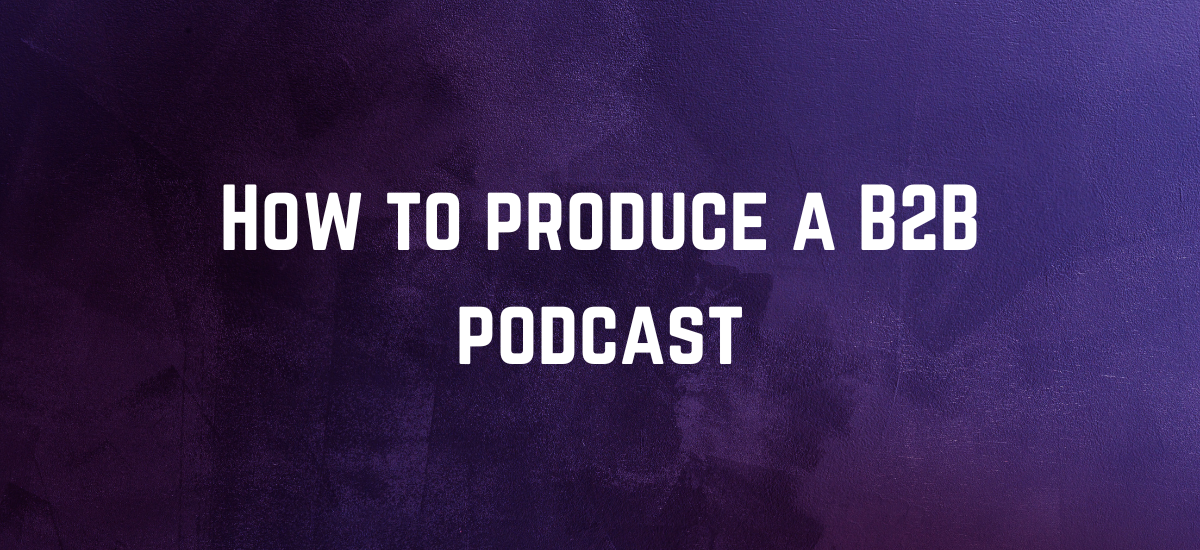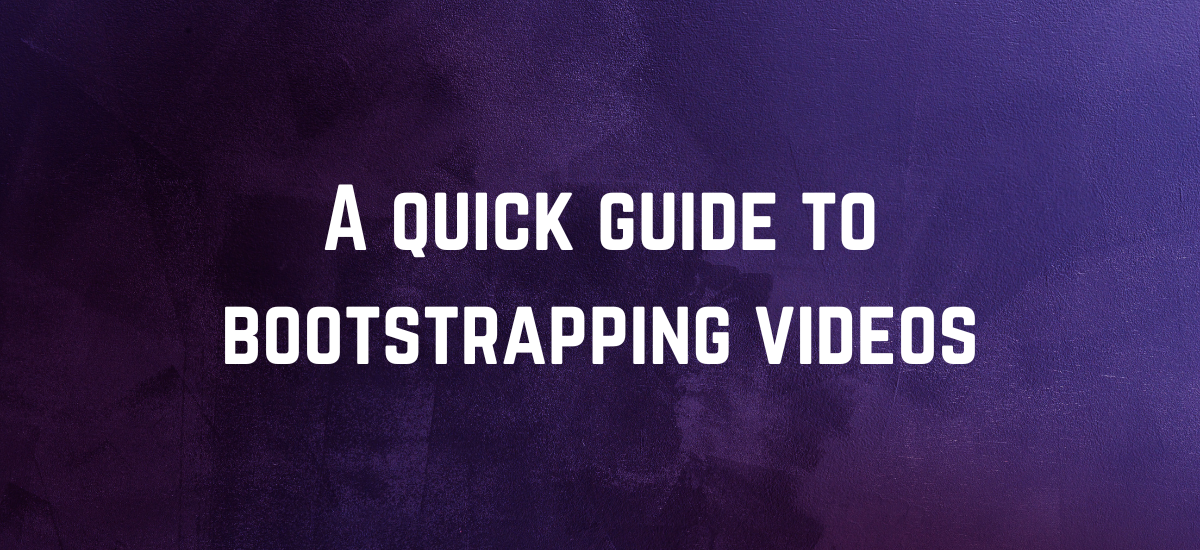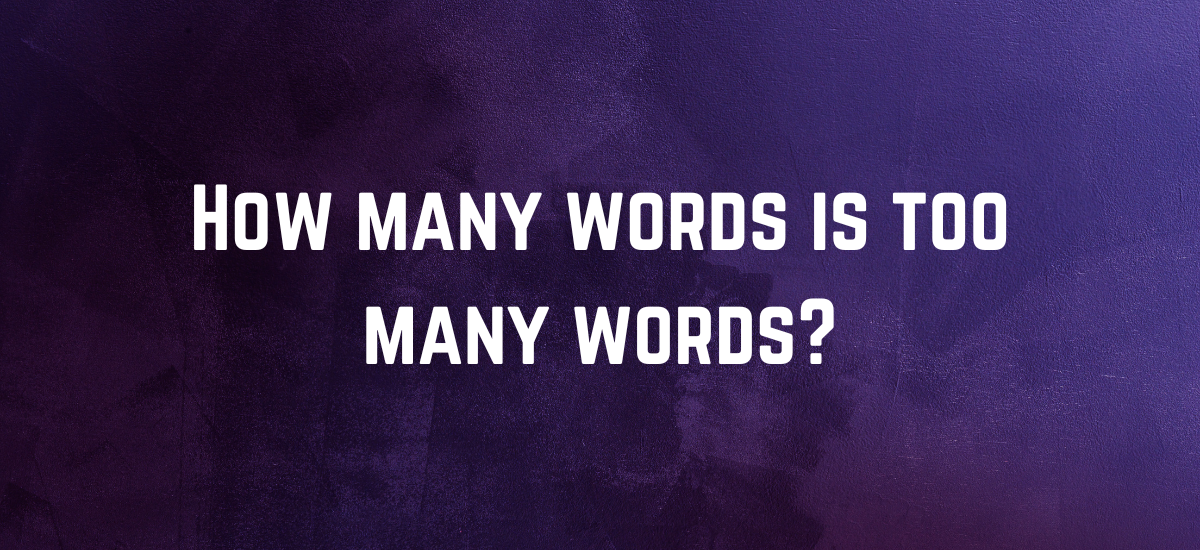by deborah
Share
by deborah
Share

It takes less than one second for website visitors to form an opinion about your business and your services.
A robust website design can make your business more appealing to potential clients. Did you know that it can also improve your content marketing strategy?
In this guide, you’ll learn how web design impacts content marketing. You’ll also find some tips on how you can improve your website design to make your digital content more compelling.
Elements of Good Web Design
What constitutes good website design? The following are some of the most well-known elements associated with a well-designed business website:
- Typography: Do your fonts stand out from those used by other companies? Are they easy to read?
- Images: Does your website feature clear, high-resolution images? Are the photos unique and relevant?
- Colours: Do the colours align with your brand? Do they affect the visibility of your content?
- Videos: Do you use high-quality videos to introduce your company, share your values, and highlight unique characteristics?
- Navigability: Is it easy to find information on your website? Is the navigation intuitive for first-time visitors?
- White space: Do your web pages seem cluttered, or is there plenty of space between lines and paragraphs?
Web page speed also plays a role in good web design. Ideally, your pages will load quickly — in under three seconds. If they take longer than this, people will likely click away and check out a different site.
How Web Design Impacts Content Marketing
When you prioritise good web design by focusing on the above elements, you can improve your business’s content marketing plan and see better results from the blog posts, eBooks, videos, and other types of content you publish.
Here are some specific ways that web design impacts content marketing:
Improves Accessibility
If the people who visit your website can’t easily access the information they need, they will look for it elsewhere.
When you improve your website design, you also improve the user experience and make your site easier to navigate. Easier navigation, in turn, increases the likelihood that people will consume your content, follow through with your call to action, and help you get closer to your marketing and sales goals.
Improves Readability
Web design also influences readability. Picture two blog posts:
- One features giant paragraphs, a tiny font, and a lot of long, complex sentences
- The other features short paragraphs, a larger font, lots of bullet lists, and clear section headings
Which blog post is easier to read? For most people, it’s the second one.
When you increase content readability, you encourage people to actually consume your content and get something valuable out of it.
Increases Reading Comprehension
Easily readable content is also more likely to stick with your audience after they finish reviewing it. To truly provide value to your audience, you need to deliver your message in a memorable way.
Furthermore, if your financial services company is known for producing engaging, memorable content, people will be more inclined to continue visiting your website, learn about your services, and potentially invest in them.
Improves Search Engine Ranking
One of the most common reasons why businesses invest time and resources in content marketing is that they want to improve their search engine ranking — i.e., get closer to the top of Google’s search engine results page.
Search engine algorithms take your website design into account when deciding your ranking. Even if your content is search engine-optimised, a poor design could prevent you from getting closer to the top spot.
Increases Engagement
Improving your web design can also lead to more engagement with your online content.
For example, people are more likely to leave comments on blog posts that are easily readable. They’re also more inclined to share videos from websites that load quickly and are easy to navigate.
When you see a boost in user engagement, you’ll likely notice that your website gets more traffic. More traffic can lead to increased sales and a higher search engine ranking.
Enhances Credibility
Remember the two blog posts mentioned in the readability section? Imagine they were published by two different businesses.
Which business would you be more likely to trust and work with? Probably the one that values good web design and quality content creation, right?
When you invest time and resources into improving your website and publishing the best content possible, you’ll improve your business’s reputation and get more people interested in utilising your financial services.
Need Web Design and Content Marketing Help?
When you improve your financial services company’s website design, you don’t just make the website look nicer or easier to navigate. You also improve your content strategy and make your digital content more enticing to potential clients.
Do you need help improving your FinTech company’s website, creating quality content, or both? Our team at FinTech Content is here to assist you.
Reach out today for more information.





